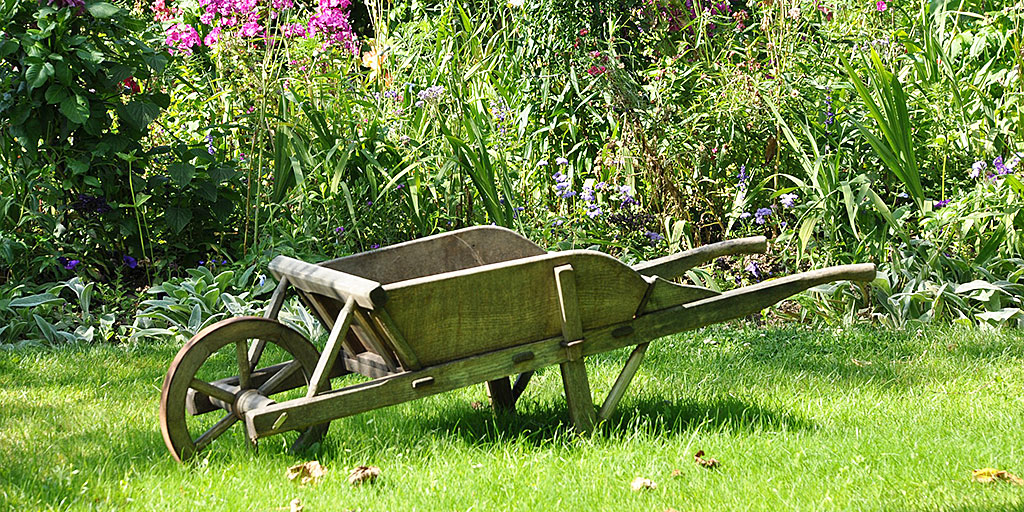In this article pro agricultural extension agent Patrick Sweatt tells how to test soil any why everyone should do it at home.
I like to joke that instead of business cards, I should just write my office number on soil sample boxes since I give out so many. My job as an agricultural extension agent in the Southeast means that people come to me all year long with their questions about vegetable gardens, landscape plantings, and their much-prized lawns.
Often they’re trying to figure out why their plants aren’t growing quickly enough, are covered in spots, or have died. No matter what the circumstances, my first question is usually the same: “Well, have you done a soil test?”

While some people might see the dirt in their yard or garden as just a medium to hold up bushes and tomatoes, I see a dynamic and fluctuating system that can make or break a growing season. Healthy soil is composed of not just clay, silt and sand particles, but also decaying organic material and millions of tiny animals and insects.
The nutrients needed for healthy garden and landscape growth are all dependent upon this mixture—these factors all working together will affect soil drainage, acidity and, ultimately, plant health.
Take one garden that I looked at last summer. While the homeowner had put great effort into setting aside an area of her lawn (making rows by hand and then fertilizing liberally) her plants were short, unproductive, and in some cases diseased. Nothing is more disheartening than working so hard and getting so little back!
A soil test with her state’s cooperative extension service revealed the truth: Her land had formerly been a pine plantation and was so acidic that no matter how much fertilizer she added, the plants weren’t getting any of it.

One general truth about many parts of the country, especially the Southeast, is that the native soil is too acidic to easily support plant growth without being adjusted (by adding either organic matter in the form of compost or agricultural lime). So, for under $10, the homeowner was able to get an answer about her disappointing garden and to prepare for the next year.
Another example of a situation where soil testing could save you a real headache is the lawn. Have you ever seen a beautiful, lush green lawn that develops ugly dead patches as the summer wears on? Despite what you might assume, applying too much fertilizer to some types of grass can put it at a severe risk for mid-summer disease.
Many lawn companies won’t do a soil test every year, but will keep fertilizing as a matter of course. Doing just a little bit of research can save you from creating a new problem (and save you money). Getting that lush green lawn can be tough enough without the added complication of fungus!
How to Choose a Kit to Test Soil
Your local garden center or hardware store will likely sell you a ‘testing kit’ that consists of several colored tabs to mix with water and your soil sample, but I do not recommend these kits. Too often the test kit’s calibration is difficult (or downright misleading!) and the water you use can give all kinds of incorrect readings.
It’s definitely worth the extra couple of dollars to submit a soil sample through a professional laboratory or your local County Extension office.
If you go the second route, they will often help you understand and interpret the results—a definite bonus. The best way to find a good lab is by searching the Internet for “soil testing labs” using an online search engine, such as Google, and looking for ones performed by a local university.

Make Sure You Test the Right Soil
One of the rules that we live by in the horticulture business is that “the test results are only as good as the sample submitted,” meaning that if you take a sample that doesn’t represent where your plants are growing, then the results will be of limited use to improving their growth. My general recommendation is to take at least 5 samples from the area, digging 6 inches down, then mix them all together.
The lab or professional service will dictate how much of this mixed sample you need, but it’s usually only enough to fill a small box that they often supply. You can also test for specific crops if you’re planning to grow vegetables. Generally it only takes a week to get the results emailed to you.
Anytime Is a Great Time to Test Soil
You can test soil year-round, but winter is a great time of year to do it since there’s so little else to do in the yard. If your spring is anything like what we experience here in the Southeast, once the cold weather breaks and the seed catalogs start rolling in, the excitement of choosing new varieties and planning what you’ll plant will far out shadow the necessity of soil testing in your mind.
So mark a date on your calendar and spend some time learning a little bit about your dirt. It’s one test that you won’t have to study for!






